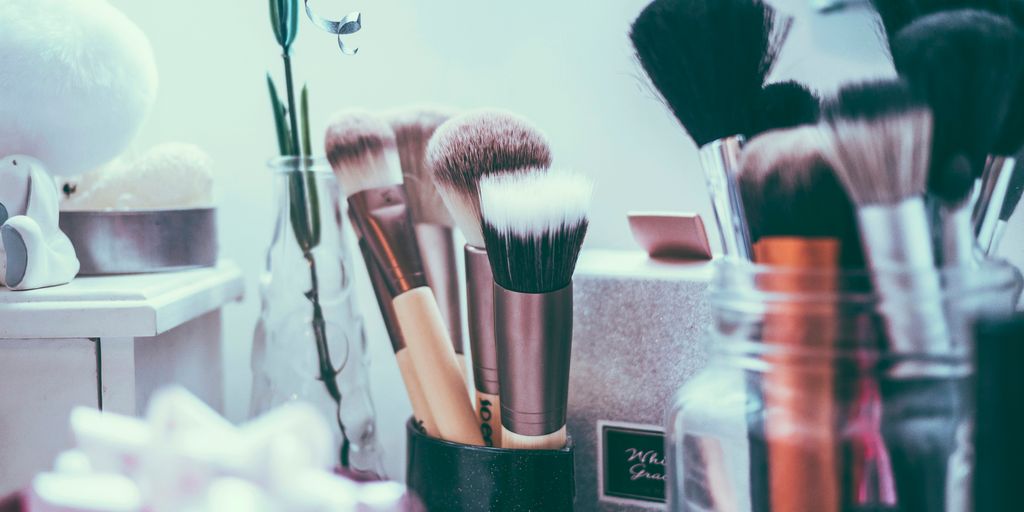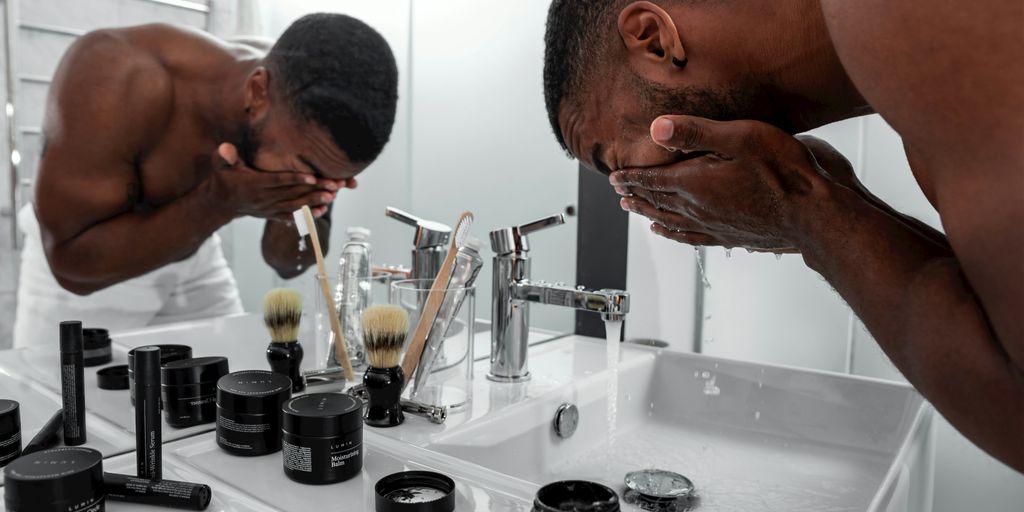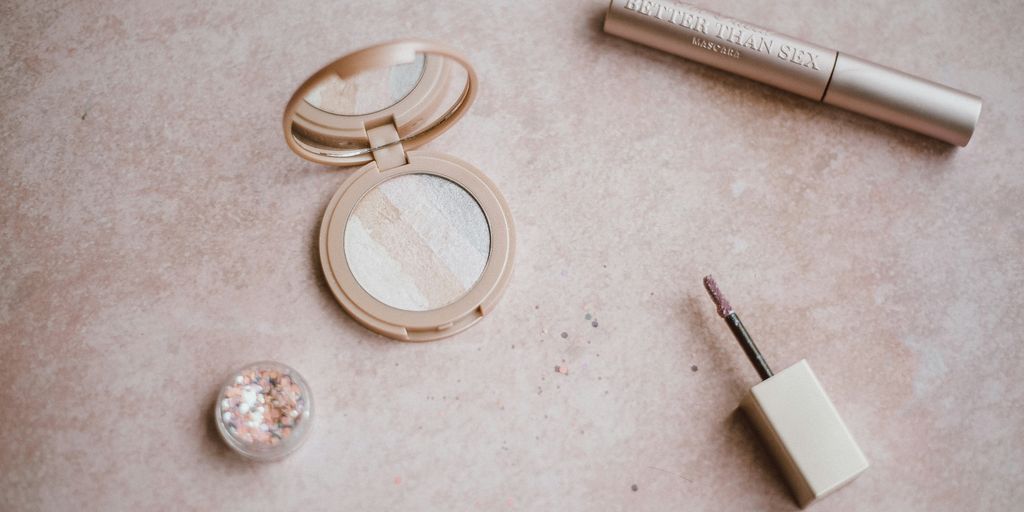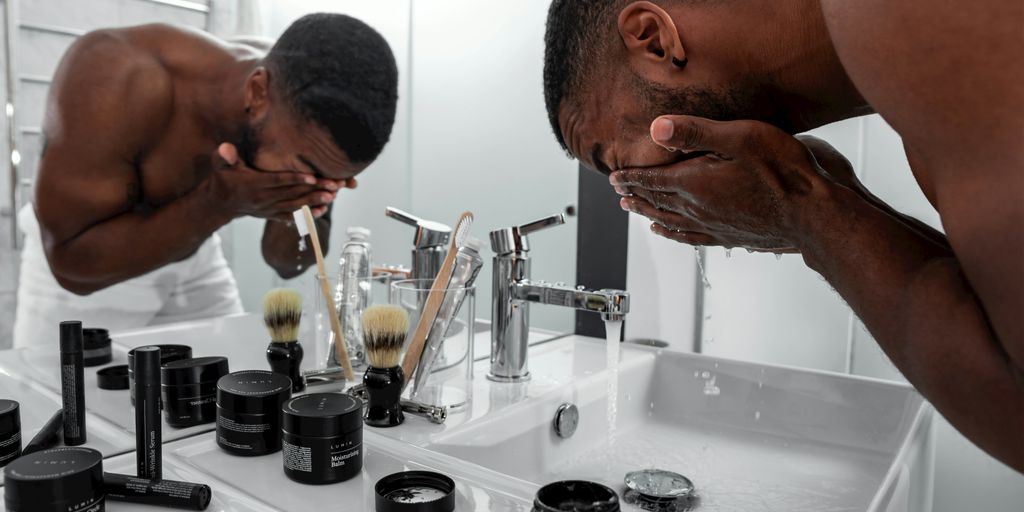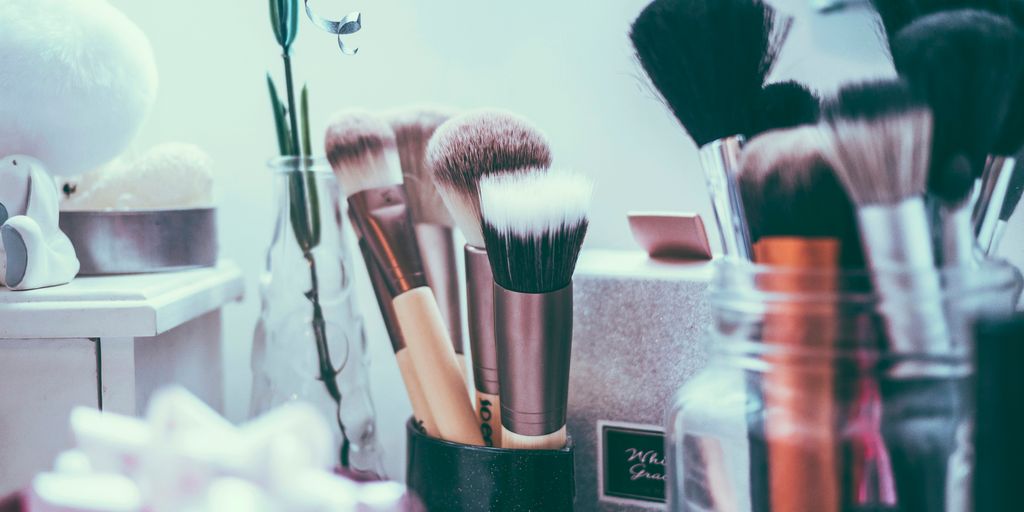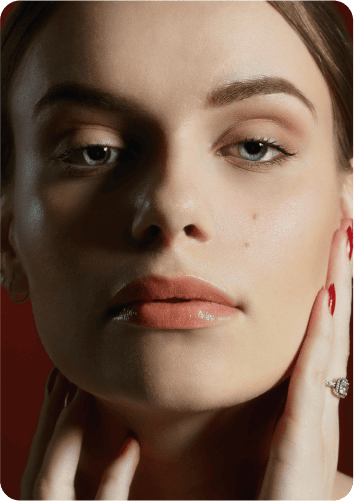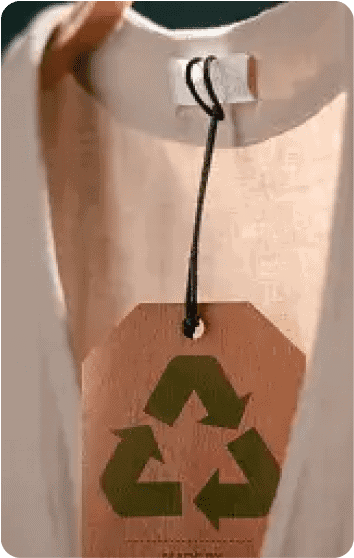In recent years, the beauty industry has seen a significant shift towards more ethical practices, and one brand that stands out in this movement is Rare Beauty. Founded by Selena Gomez, Rare Beauty not only champions inclusivity in beauty but also emphasizes a commitment to being cruelty-free. As consumers become increasingly aware of the impact of their choices, many are asking: is Rare Beauty cruelty free? In this article, we’ll explore the brand’s ethical practices and what sets it apart in the crowded beauty market.
Key Takeaways
- Rare Beauty is certified cruelty-free by PETA and offers 100% vegan products.
- The brand emphasizes sustainability, using recyclable packaging and responsible sourcing.
- Consumer demand for cruelty-free products is rising, shaping industry standards.
- Rare Beauty promotes inclusivity and diversity in its product offerings.
- The future of beauty is leaning towards ethical practices, driven by social media and consumer advocacy.
Understanding Rare Beauty’s Cruelty-Free Status
What Does Cruelty-Free Mean?
When we talk about a brand being cruelty-free, it generally means that the company doesn’t test its products or ingredients on animals at any point during development. This is a big deal because many animals, like rabbits and mice, suffer during cosmetic testing. It’s important to know that cruelty-free is different from being vegan. A product can be cruelty-free but still contain animal-derived ingredients, and vice versa. So, if you’re aiming for both, always double-check those labels!
Rare Beauty’s Certifications
To really be sure a brand is cruelty-free, look for certifications from trusted organizations. These groups have strict standards that companies must meet to earn their seal of approval. Here are a few to keep an eye out for:
- Leaping Bunny (US/Canada)
- Leaping Bunny by Cruelty Free International (UK/EU)
- PETA’s Beauty Without Bunnies
Rare Beauty has PETA certification. These certifications mean that Rare Beauty has been checked to ensure they don’t test on animals. While Leaping Bunny is often seen as the gold standard, PETA’s certification is still a good sign that a brand is committed to cruelty-free practices.
The Role of PETA in Cruelty-Free Claims
PETA, or People for the Ethical Treatment of Animals, plays a big role in the cruelty-free world. They maintain a list of companies that have pledged not to test on animals.
PETA’s certification is a good starting point, but it’s always wise to do a bit more digging. Look for additional certifications or check the brand’s website for their specific animal testing policies. Transparency is key!
Rare Beauty’s Commitment to Ethical Practices
Rare Beauty is making a real effort to do things the right way. It’s not just about selling makeup; it’s about being responsible and giving back. They’re still on a journey, and there’s always room to improve, but they’re taking some important steps.
Vegan Formulations Explained
Rare Beauty is proud to offer many vegan products. This means they don’t use any ingredients that come from animals. It’s a big deal for people who care about animal welfare. They are certified by PETA as cruelty-free and 100% vegan, avoiding animal-derived ingredients and animal testing.
Sustainable Packaging Initiatives
Rare Beauty is trying to reduce its impact on the planet with better packaging. Their boxes are made from 100% recyclable materials that are responsibly sourced and FSC-certified. They also use water-based ink for printing. While they don’t claim to be fully sustainable, these are good steps in the right direction.
Community Engagement and Impact
Rare Beauty actively involves its community. They gather feedback and ideas from their followers, which helps them create products people love. They also have the Rare Collective, a community of creators passionate about beauty, self-love, and content creation. Plus, 1% of all sales go to the Rare Impact Fund, which supports mental health services for young people. To date, the fund has raised US$6M in contributions and distributed +US$3M worldwide.
Rare Beauty has crafted a unique space where its community thrives, both pre and post-product launch. It gathered its most engaged followers for heartfelt discussions on important topics.
The Importance of Cruelty-Free Beauty
Consumer Demand for Ethical Products
It’s pretty clear that more and more people want their beauty products to line up with their values. Consumers are increasingly looking for brands that don’t test on animals, and this demand is really driving change in the industry. People are just more aware now, and they’re using their wallets to support companies doing things the right way. It’s not just a trend; it’s a real shift in what people expect from the brands they buy.
The Shift in Beauty Standards
Beauty isn’t just about how you look anymore; it’s about ethics too. The standards are changing, and what was once acceptable is now being questioned. People want to feel good about what they’re putting on their skin, and that includes knowing that no animals were harmed in the process. This shift is pushing companies to rethink their practices and embrace cruelty-free alternatives. It’s a more holistic view of beauty, where compassion and responsibility matter just as much as the end result.
Animal Rights Advocacy and Its Influence
Animal rights groups have played a huge role in raising awareness about animal testing in the beauty industry. Their campaigns and advocacy efforts have really opened people’s eyes to the realities of what goes on behind the scenes. This increased awareness has led to more people demanding cruelty-free products and supporting brands that align with their values. It’s a powerful example of how advocacy can drive change and create a more ethical industry.
Choosing cruelty-free isn’t just about buying a product; it’s about supporting a movement. It’s about saying that animal lives matter and that we don’t need to harm them to create beauty products. It’s a small change that can make a big difference.
How Rare Beauty Stands Out in the Market
Rare Beauty has really made a name for itself in a pretty crowded beauty world. It’s not just about slapping Selena Gomez’s name on some products; they’ve actually built something different. Let’s look at how they’ve managed to do it.
Innovative Product Offerings
Rare Beauty doesn’t just churn out the same old stuff. They seem to really think about what people want and need. Their products often have a unique twist, whether it’s a new formula or an innovative way to apply makeup. For example, their liquid blush became super popular, and it wasn’t just because of the name attached to it. People genuinely liked the product. They also have the Rare Collective, a community of creators passionate about beauty, self-love, and content creation.
Inclusivity in Beauty
One thing that sets Rare Beauty apart is its commitment to inclusivity. It’s not just a buzzword for them; they actually try to cater to a wide range of skin tones and types. This is super important because for a long time, the beauty industry wasn’t really serving everyone. Rare Beauty seems to be making a real effort to change that, and people notice. They also use data from Selena Gomez’s social media platform to build the brand.
Building a Trustworthy Brand
In today’s world, people want to buy from brands they trust. Rare Beauty has worked hard to build that trust. They’re open about their values, like being cruelty-free, and they actively engage with their community. This makes people feel like they’re part of something bigger than just buying makeup. They encourage beauty creators, influencers, and consumers to share their #RareRoutine online. This creates a cycle of quality, inclusivity, authenticity, community, and strong support from content creators.
Rare Beauty’s brand persona is seamless and resonates deeply with its young audience. It’s a warm invitation and place to celebrate yourself and your standards of beauty.
Rare Beauty has skillfully harnessed its vibrant community to build a strong brand, setting itself apart as a symbol of trust, credibility, and relevance.
Challenges in the Cruelty-Free Landscape
Transparency in Sourcing
It’s not always easy to know where ingredients actually come from. Even if a brand is against animal testing, their suppliers might not be. This lack of clear information makes it hard for consumers to be sure they’re really buying cruelty-free. It’s a complex web, and tracing every ingredient back to its origin can be a real challenge for companies, especially smaller ones.
The Need for Industry Standards
Right now, there isn’t one single, universally accepted definition of "cruelty-free." Different organizations have different standards, and some companies might use the label without meeting rigorous requirements. This can be confusing. A unified standard would help everyone know what to expect and make it easier to compare brands.
Navigating Consumer Confusion
With so many different labels and claims out there, it’s easy to get mixed up. Some terms sound similar but mean different things, and some companies might use misleading language.
It’s up to us, as consumers, to do our research and not just take labels at face value. Look for certifications from trusted organizations, and don’t be afraid to ask brands questions about their practices.
Here are some common points of confusion:
- "Cruelty-free" vs. "vegan"
- Understanding third-party certifications
- Ingredient sourcing and supply chain transparency
The Future of Cruelty-Free Beauty
Trends Shaping the Industry
The beauty world is changing fast. What used to be a small corner for ethical products is now becoming the standard. The demand for cruelty-free options is growing, and it’s not just a fad.
- More vegan options are available.
- Consumers want to know where ingredients come from.
- Social media keeps pushing for change.
People care more about what they buy. They want products that match their values. This means brands need to be open and honest about how they make their products.
Potential for Growth and Change
The cruelty-free market is expected to get much bigger. Some say it could reach over $23 billion by 2030. Asia-Pacific, North America, and Europe are big players in this growth. More rules and laws are being made to support cruelty-free practices. Brands that focus on ethics and sustainability are likely to do well.
The Role of Social Media in Advocacy
Social media is a powerful tool. It helps spread awareness about animal testing. Influencers and activists use platforms to promote cruelty-free brands. This makes it easier for people to find and choose ethical products. Social media also puts pressure on brands to be more responsible. It’s a way for consumers to share information and make their voices heard.
Making Informed Choices as a Consumer
Identifying Truly Cruelty-Free Brands
Okay, so you want to buy cruelty-free. Great! But how do you really know if a brand is legit? It’s not always easy. Look beyond the catchy phrases and pretty packaging. Start by checking for certifications from trusted organizations like PETA’s "Beauty Without Bunnies" or Leaping Bunny. These guys have pretty strict standards. Don’t just take the brand’s word for it; do a little digging on your own. See if they’re transparent about their supply chain and ingredient sourcing. If they’re not upfront, that’s a red flag.
The Impact of Your Purchases
Think about it: every time you buy something, you’re casting a vote. Your money is literally supporting the kind of world you want to live in. Choosing cruelty-free products sends a message to companies that ethical practices matter. It encourages more brands to ditch animal testing and adopt more responsible methods. It’s not just about bunnies; it’s about creating a more compassionate and sustainable beauty industry. Plus, many cruelty-free brands also focus on using better ingredients, so you’re often getting a healthier product too.
Supporting Ethical Practices in Beauty
Want to do more than just buy cruelty-free? Awesome! There are tons of ways to support ethical practices in the beauty world.
- Follow cruelty-free advocates and influencers on social media. They often share valuable information and promote brands you might not have heard of.
- Sign petitions and support organizations that are working to end animal testing.
- Talk to your friends and family about why cruelty-free beauty is important. The more people who are aware, the bigger the impact we can make.
Remember, even small changes can make a big difference. By making informed choices and supporting ethical brands, you’re helping to create a more compassionate and sustainable future for the beauty industry. It’s a win-win for everyone – including the animals!
As a smart shopper, it’s important to make choices that are good for you and the planet. By understanding what you buy, you can support brands that care about the environment and your health. Check out our website for tips and tools that can help you shop wisely and make a positive impact. Start making better choices today!
Final Thoughts on Rare Beauty’s Ethical Commitment
In wrapping things up, it’s clear that Rare Beauty is making a genuine effort to be a cruelty-free brand. They’ve got the PETA certification, which is a big deal for many shoppers who care about animal welfare. Plus, their commitment to being 100% vegan means no animal ingredients are used in their products. While they’re not perfect and could improve on transparency about their sourcing, their recyclable packaging is a step in the right direction. As consumers, we have the power to support brands that align with our values. So, if you’re looking for makeup that’s kind to animals and promotes self-acceptance, Rare Beauty is definitely worth considering. Every purchase helps push the beauty industry toward a more ethical future.
Frequently Asked Questions
Is Rare Beauty considered cruelty-free?
Yes, Rare Beauty is certified as cruelty-free by PETA, meaning they do not test their products on animals.
Are all Rare Beauty products vegan?
Yes, all products from Rare Beauty are 100% vegan, which means they do not contain any animal-derived ingredients.
What does it mean for a brand to be cruelty-free?
Being cruelty-free means that a brand does not test its products on animals at any point in the production process.
How does Rare Beauty support ethical practices?
Rare Beauty uses recyclable packaging and is committed to supporting mental health through its Rare Impact Fund.
Why is cruelty-free beauty important?
Cruelty-free beauty is important because it promotes kindness towards animals and responds to consumer demand for ethical products.
How can I tell if a brand is truly cruelty-free?
Look for certifications from organizations like PETA or Leaping Bunny, and check the brand’s official statements about their testing practices.
